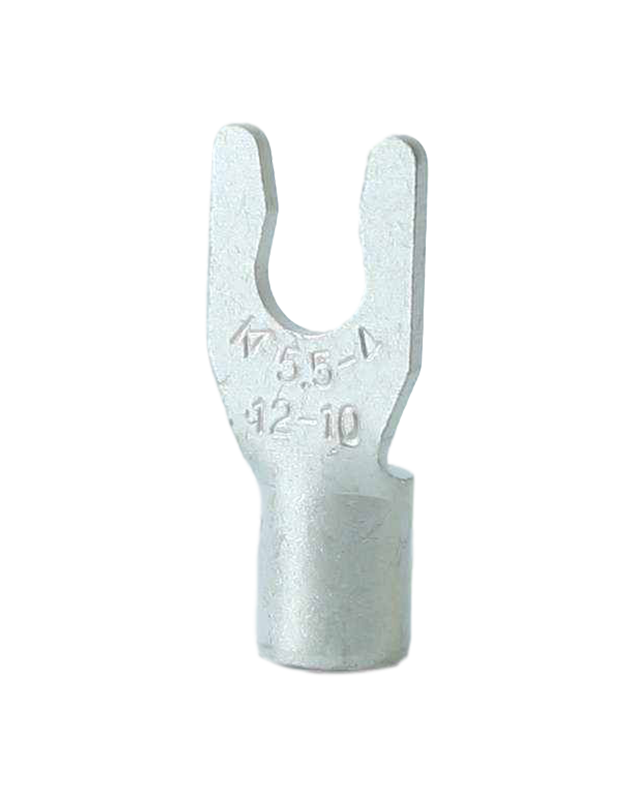

Non-Insulated Terminals: Versatile Electrical Connector […]
Non-Insulated Terminals: Versatile Electrical Connectors for Diverse Applications
Introduction:
In electrical systems, reliable and secure connections are essential for optimal performance and safety. Non-insulated terminals, also known as bare terminals, play a crucial role in connecting and terminating electrical wires. In this article, we will explore the features, benefits, and applications of non-insulated terminals.
Definition and Construction:
Non-insulated terminals are metal connectors designed to facilitate the connection between electrical wires. Unlike insulated terminals, which have a protective covering, non-insulated terminals are bare, typically made of high-quality materials such as copper or brass. They consist of a crimpable barrel, a wire entry section, and a flared portion that enhances conductivity and ensures a secure connection.
Versatility and Compatibility:
Non-insulated terminals are available in a wide range of sizes, shapes, and configurations, allowing for compatibility with various wire gauges and applications. These terminals can accommodate a broad spectrum of wire types, including solid, stranded, and tinned wires, making them highly versatile for diverse electrical projects.
Excellent Conductivity:
Due to their metallic composition, non-insulated terminals provide excellent conductivity, minimizing resistance and voltage drops in electrical connections. This ensures efficient transmission of electrical current, promoting optimal performance and reducing the risk of overheating or power loss.
Secure and Durable Connections:
Non-insulated terminals are designed for a secure and long-lasting connection. They are typically crimped onto the wire using a specialized crimping tool, creating a mechanical and electrical bond. The crimping process compresses the terminal around the wire, creating a tight and reliable connection that can withstand vibrations, temperature variations, and environmental conditions.
Applications of Non-Insulated Terminals:
Non-insulated terminals find applications in various industries and electrical systems, including:
a. Automotive: They are commonly used in automotive electrical systems for connecting wires in lighting, ignition, and power distribution systems.
b. Industrial and Manufacturing: Non-insulated terminals are utilized in control panels, machinery, and equipment wiring for reliable electrical connections.
c. Electronics: They are suitable for connecting wires in electronic devices, circuit boards, and PCBs (Printed Circuit Boards).
d. Marine: Non-insulated terminals are resistant to corrosion and can withstand harsh marine environments, making them ideal for marine electrical applications.
e. Electrical Installations: They are widely used in residential, commercial, and industrial electrical installations for connecting wires in switchboards, junction boxes, and electrical panels.
Conclusion:
Non-insulated terminals are versatile electrical connectors that provide secure and durable connections in various applications. Their compatibility with different wire gauges and types, excellent conductivity, and ability to withstand diverse environmental conditions make them a reliable choice for electrical projects. Whether in automotive, industrial, electronics, marine, or electrical installations, non-insulated terminals play a vital role in ensuring efficient electrical connections and maintaining system integrity.
Non-Insulated Locking Spade Terminal

You can tick the products you need and communicate with us in the message board.